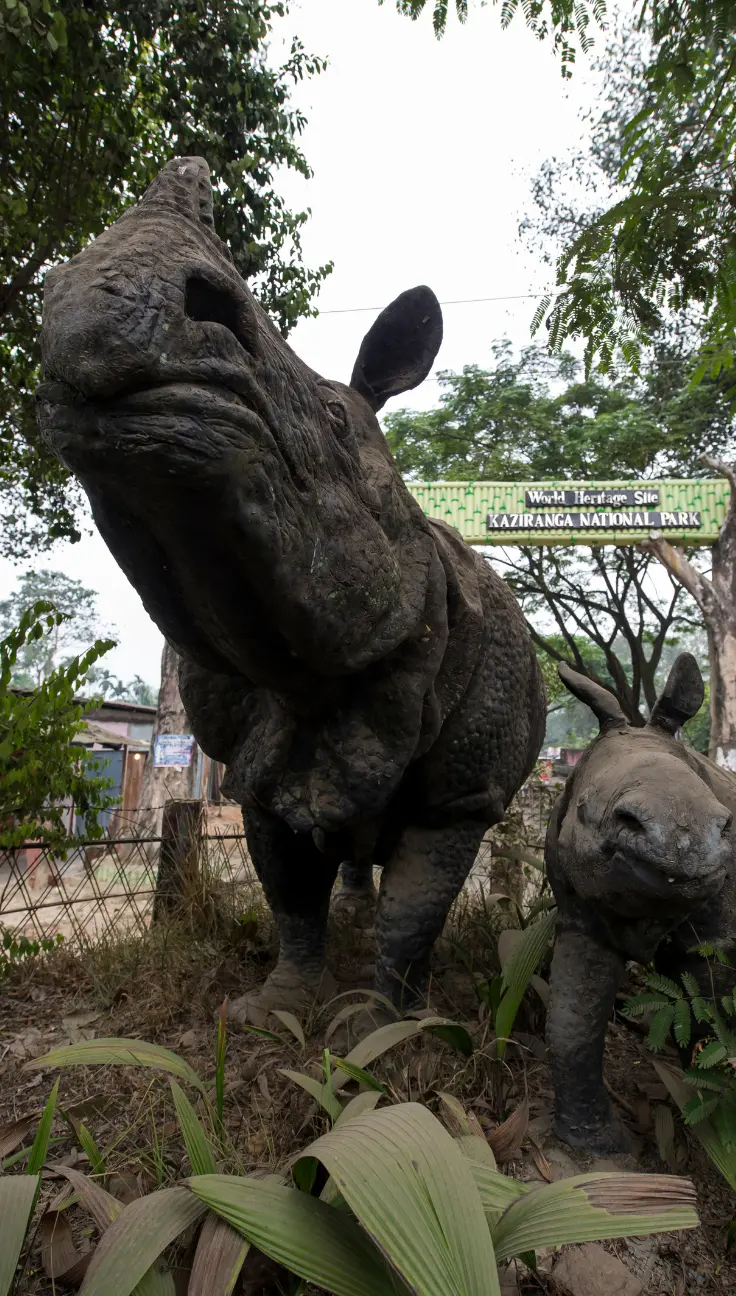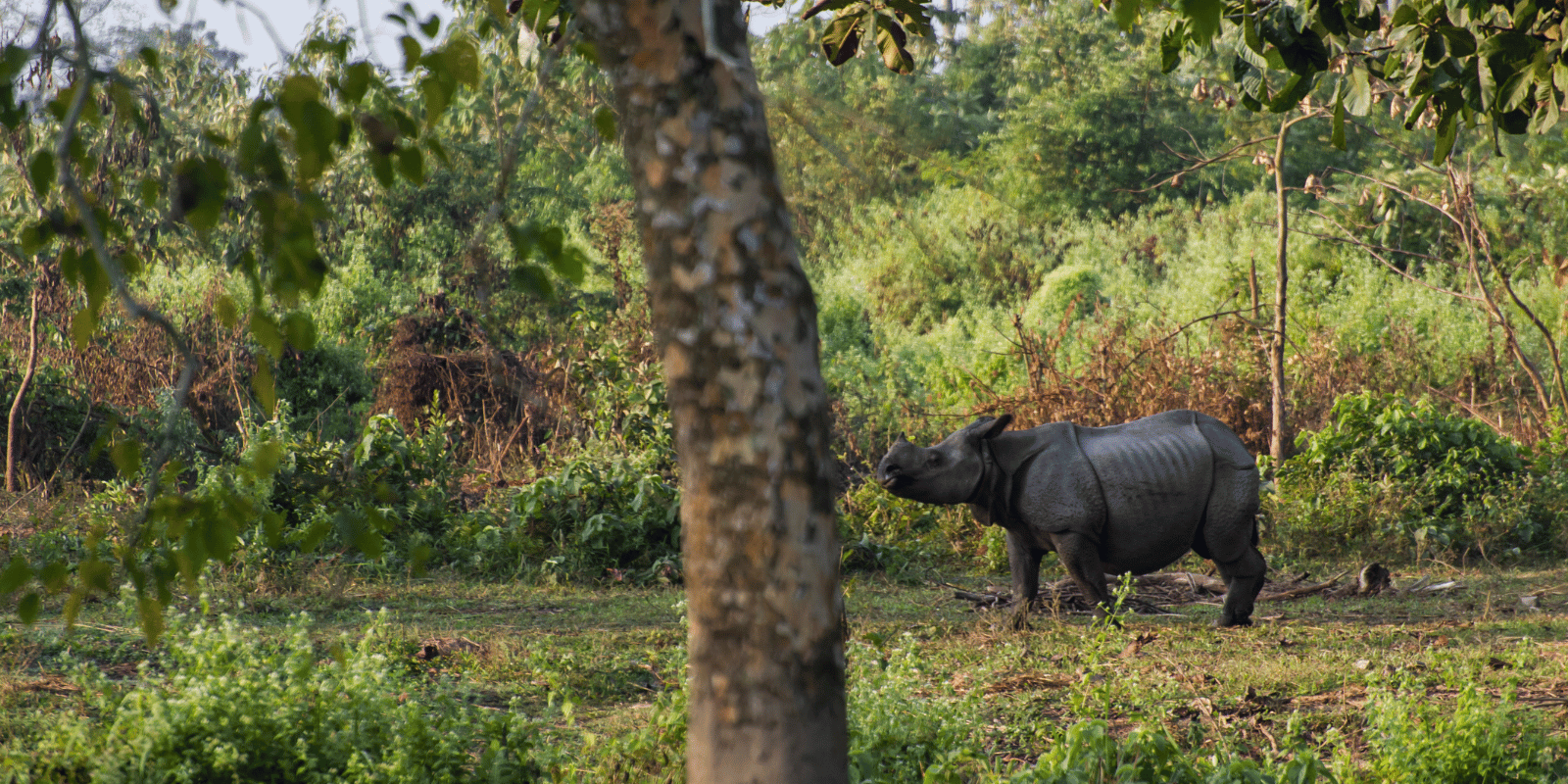Kaziranga National Park: A Jewel of Assam
A Journey Through the Seven Sisters
Nestled in the heart of Assam, Kaziranga National Park is a world-renowned UNESCO World Heritage Site, celebrated for its incredible biodiversity and breathtaking landscapes. The park is home to the iconic “Big 5,” a group of magnificent creatures that symbolize the richness of Kaziranga’s wildlife. Let’s delve deeper into the wonders of this paradise and discover what makes these Big 5 animals so extraordinary.
Conclusion
Best Time to Visit Kaziranga National Park
Kaziranga National Park is open from November to April, with the peak season being from February to March. During these months, the weather is pleasant, and wildlife sightings are at their best. Monsoon rains from May to October leave the park flooded, making it inaccessible.
How to Explore Kaziranga National Park
1. Jeep Safaris: The best way to explore the park is through guided jeep safaris, which provide a safe and immersive wildlife experience.
2. Elephant Rides: For a unique perspective, opt for an early morning elephant ride to get closer to the park’s wildlife.
3. Bird Watching: Kaziranga is also a paradise for bird enthusiasts, with over 500 species of birds.
Conservation Efforts in Kaziranga
Kaziranga’s remarkable conservation success story is an inspiration for wildlife enthusiasts worldwide. Strict anti-poaching measures and habitat restoration projects have helped preserve the park’s Big 5 and many other species. Visitors are encouraged to support sustainable tourism practices to ensure the park’s legacy for generations to come.
Plan Your Visit to Kaziranga
Kaziranga National Park offers an unparalleled wildlife experience that combines adventure, education, and a deep connection to nature. Whether you’re an avid wildlife photographer, a nature enthusiast, or someone looking for a serene escape, Kaziranga’s Big 5 will leave you spellbound.










